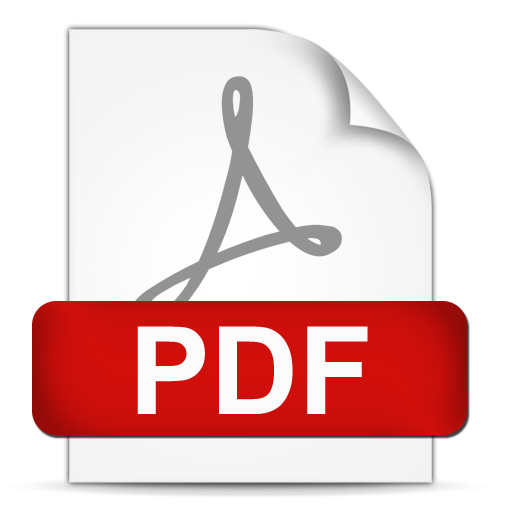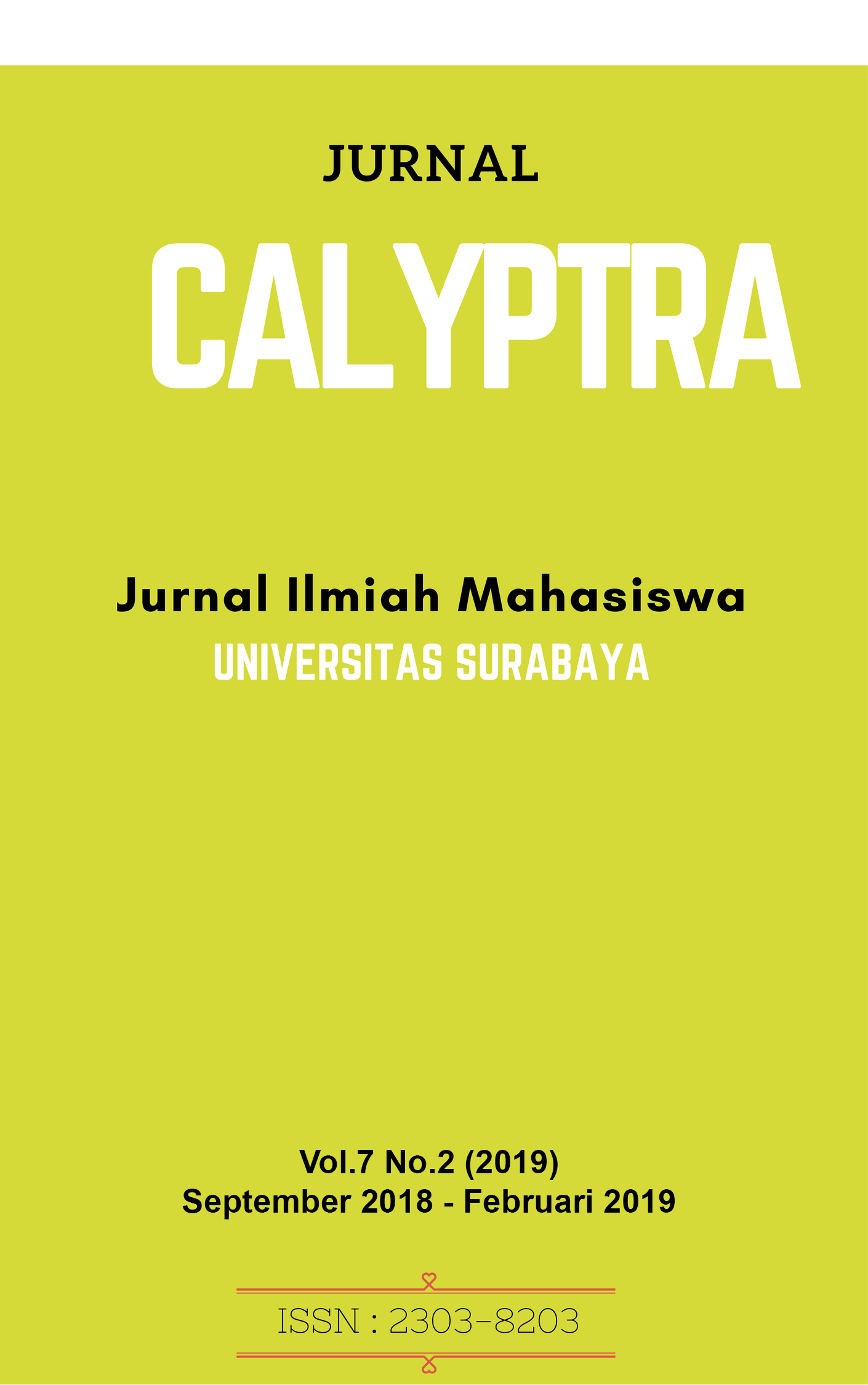KARAKTERISTIK FISIKA DAN pH SEDIAAN LIPOSOM KOENZIM Q10DAN GLUTATHION SEBAGAI ANTI AGING
 Abstract Views:
801 times
Abstract Views:
801 times
 PDF - FULL TEXT Downloads:
1672 times
PDF - FULL TEXT Downloads:
1672 times
Abstract
Abstract - Skin aging is a biological process that occurs naturally and coincides with increase of the age. But extrinsic factor caused free radical is a major factor that accelerates skin aging. Coenzym Q10 and Glutathione have high antioxidant activity that can prevent skin cell damage caused by free radical. In this research is made cosmetic antiaging formulations with liposomal delivery system to increase skin penetration. Formulation liposomes made with 2 formula used thin film hydration method. First formula is a basis of liposome, and second formula is a liposome with Coenzym Q10 and Glutathione. A liposome and liposome base formulation has been performed with the active ingredient Coenzyme Q10 and Glutathione to physical and pH characteristics. The result of this study are two formulations show that there is difference in the physical character consisting of organoleptic, particle size, and specifications for entrapment of drug not meeting specifications. However, there is no difference in pH.
Downloads
References
Dua, J.S., Rana, A.C., Bhandari, A.K., 2012,Liposome : Methods of Preparation and Applications. Int J Pharm, 3, 14–20.
DwiastutiRini, Sri Noegrohati, et al, 2016, Metode Pemanasan dan Sonikasi Menghasilkan Nano liposom dari Fosfolipid Lesistin Kedelai, Universitas Gajah Mada.
Gokce, H Evren, EmrahKorkmaz, et al, 2012, A Comparative Evaluation of Coenzyme Q10-loaded Liposome and Solid Lipid nanoparticles as dermal antioxidant carriers, Int J Nanomedicine, September 2012
Helfrich YR, Sachs DL, Voorhees JJ, 2008, Overview of Skin Aging and Photoaging. DermatolNurs. Jun;30(3).
I, Masamitsu et al.,2009. Photoaging of the skin.(online), (http://www.anti-aging.gr.jpdiakses tanggal 4 Maret 2017) Ichihashi, PM. Photoaging of the skin.JpnSoc Anti-Aging Med. 2009;6(6):46–59.
Jusuf,Nelva K, 2005, KulitMenua. RS H.Majalah Kedokteran Nusantara. Jun;38(2).
Sayuti, Kesuma, RinaYenrina, 2015, Antioksidan Alami dan Sintetik,Andalas University Press, I Padang, 32-39.
Sharma B, Sharma A. Future Prospect of Nanotechnology in Development of Anti-Aging Formulations.Int J Pharm Pharm Sci. 2012 May 11;4(3).
Shivare UD, D.U Ambulkar, et al, 2009, Formulation and Evaluation of Pentoxifylline Liposome Formulation. Digest Journal of Nanomaterials. 4 (4): 857-862
Sidharth Sonthalia,Deepashree Daulatabad, RashmiSarkar, 2016, Glutathione as skin whitening agent: facts, myths, evidence and controversies. 82 (3): 262-273.
KOHJIN Co.,Ltd, 2008, L-Glutathione GRAS Notification. Chou-ko, Tokyo, JAPAN:8
Wenas, Muliana Desy, Mahdi Jufri, Berna elya, 2015, Formulation and Penetration Study Liposom Xanthone of mangosteen Pericarp Methanol Extract (Garcinia mangostana L.), International Journal of Sci, Vol. 5 No.12.
Castile, J.D,. dan K.M.G. Taylor. (1999). Factors Affecting The Size Distribution of Liposomes Produced By Freeze-Thaw Extrusion. Int. J. Pharm., 188, 87-95.
Departemen Kesehatan Republik Indonesia. (1995). Farmakope Indonesia Edisi IV. Jakarta: Departemen Kesehatan Republik Indonesia.
Swarbrick, J. (2007). Encyclopedia of Pharmaceutical TechnologyNew York: Informa Healthcare USA.
Gregoriadis, G., A.T. Florence dan H. M. Patel. (1993). Liposomes in Drug Delivery. Switzerland: Harwood Academic.
- Articles published in CALYPTRA are licensed under a Creative Commons Attribution-ShareAlike 4.0 International license. You are free to copy, transform, or redistribute articles for any lawful purpose in any medium, provided you give appropriate credit to the original author(s) and the journal, link to the license, indicate if changes were made, and redistribute any derivative work under the same license.
- Copyright on articles is retained by the respective author(s), without restrictions. A non-exclusive license is granted to CALYPTRA to publish the article and identify itself as its original publisher, along with the commercial right to include the article in a hardcopy issue for sale to libraries and individuals.
- By publishing in CALYPTRA, authors grant any third party the right to use their article to the extent provided by the Creative Commons Attribution-ShareAlike 4.0 International license.



